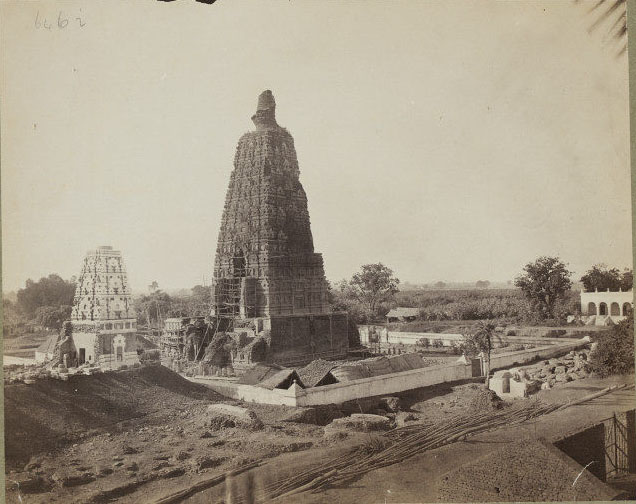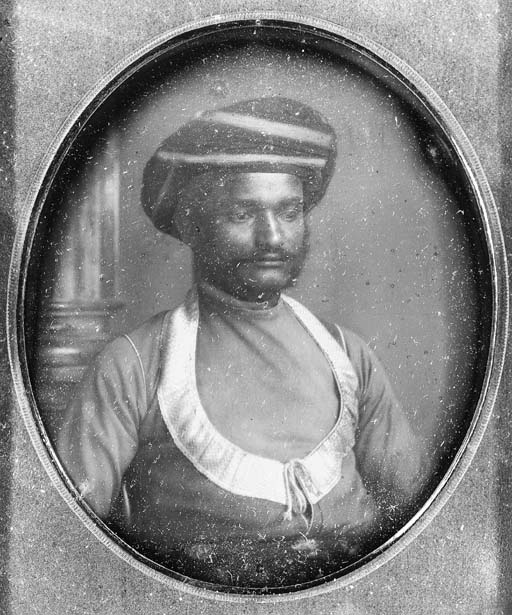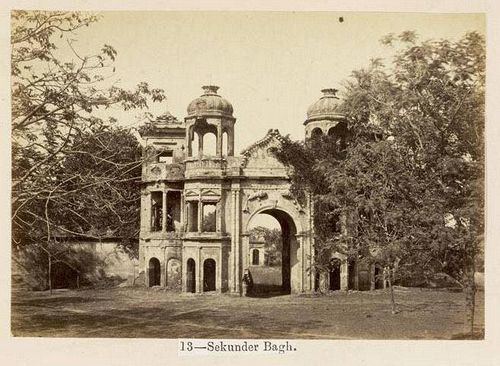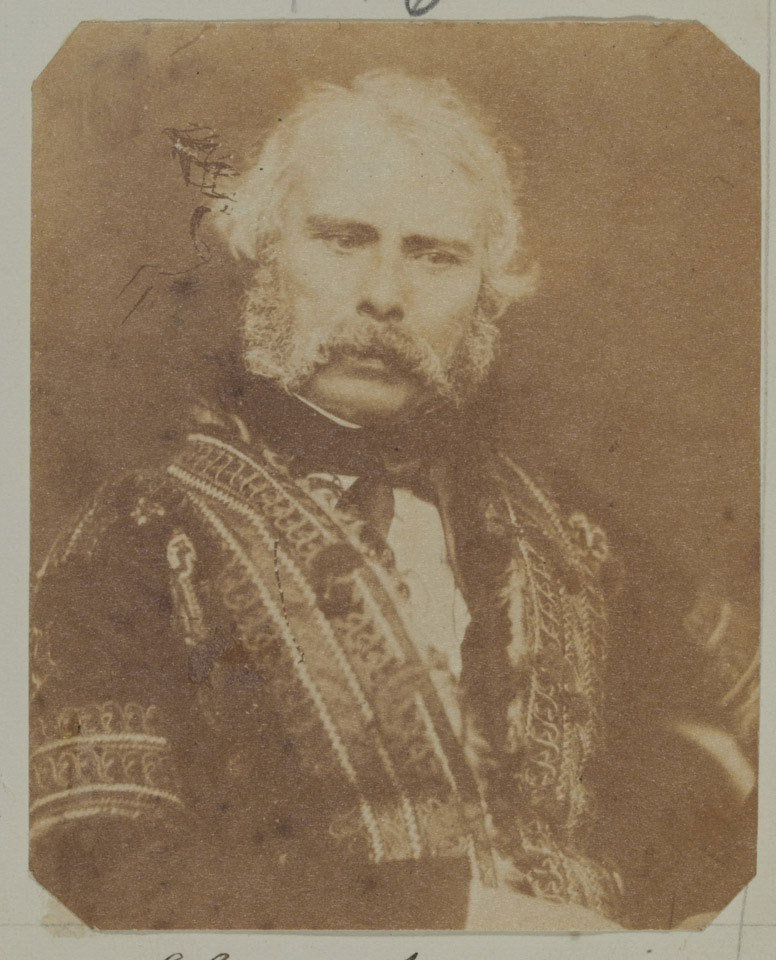
John McCosh (1805-1885), a Scottish army surgeon and a photographer was, employed by the Indian Medical Service during 1831–56. He was considered to be one of the first war photographer and the first one to have worked in India.
During his service as a Surgeon with the Bengal Army in the second Sikh War (1848-1849) and second Burma War (1852-1853), he has photographed series of Calotypes which are amongst the earliest military photographs in existence. The Calotype process also called Talbotype, was a refinement of the process of Photogenic Drawing and considered to be the first practicable negative and positive process on paper. The process uses silver nitrate and potassium iodide solution, and it was patented by William Henry Fox Talbot in 1841. The process was not widely used due to the patent, but it was popular with British and French photographers.
John McCosh, photographed portraits of British military personnel and their families as well as Bengalis, Sikhs, Pathans and Burmese. As photography science and John McCosh skills improved he photographed larger landscape. Military scenes, and temple architecture.
John McCosh produced many fine photographs and the National Army Museum holds an album of these rare images. It is also said that John McCosh photographed only known picture of young His Highness Maharaja Sir Duleep Singh and youngest son of Maharaja Ranjit Singh. Whereabouts of Sir Duleep Singh photographs are unknown.
In his book, “Photography of Victorian Scotland” Mr Roddy Simpson writes “John McCosh with commendable pioneering zeal, was producing images from 1843. These photographs do not have significant aesthetic quality but show the desire to document likenesses. Giving the circumstances, these images are a considerable achievement and, regardless of artistic merit, are historically very important”
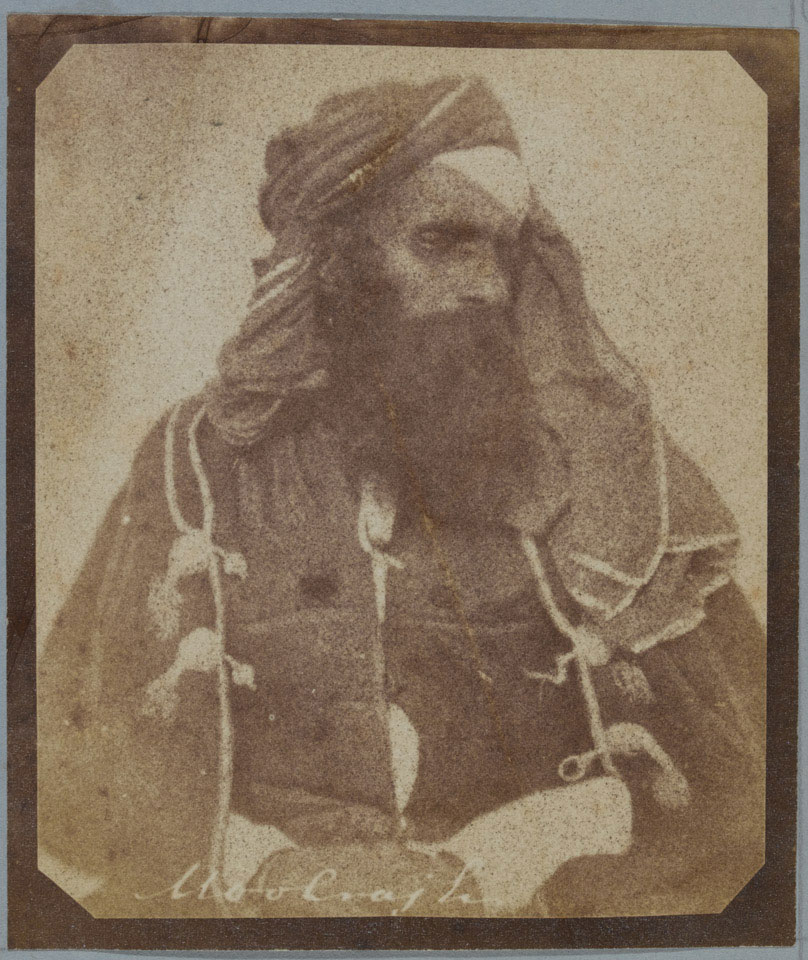
When Multan was taken by the British in January 1849 Mul Raj was captured and although spared execution was sentenced to life imprisonment. It was during his incarceration that McCosh photographed him.
https://collection.nam.ac.uk/detail.php?acc=1962-04-3-294
http://www.edinphoto.org.uk/A/ap_mccosh.htm
https://peoplepill.com/people/john-mccosh/
https://www.kamat.com/database/content/photographers/john_mccosh.htm

